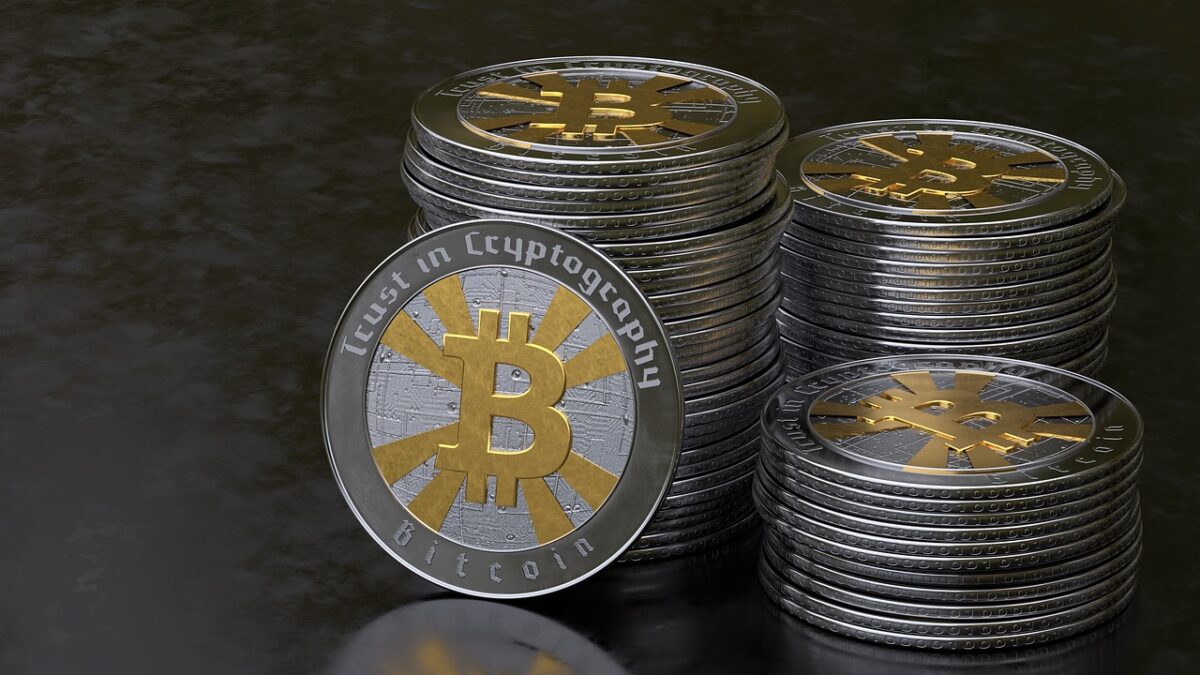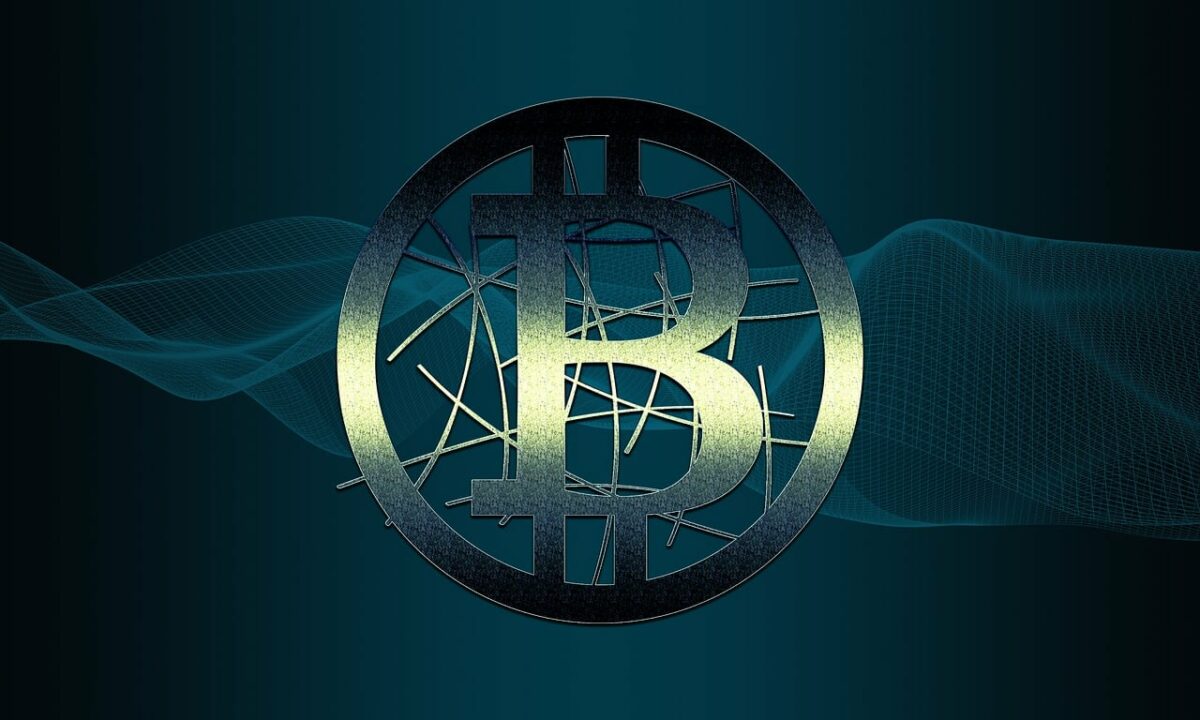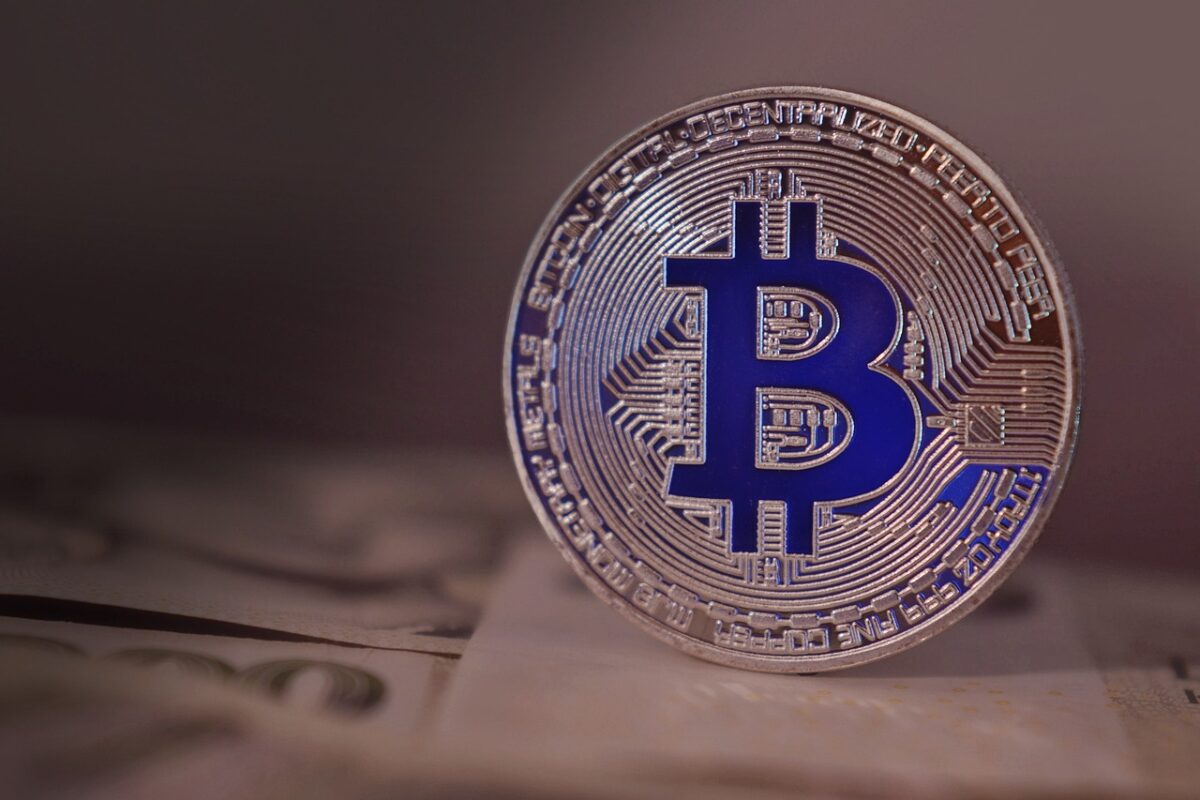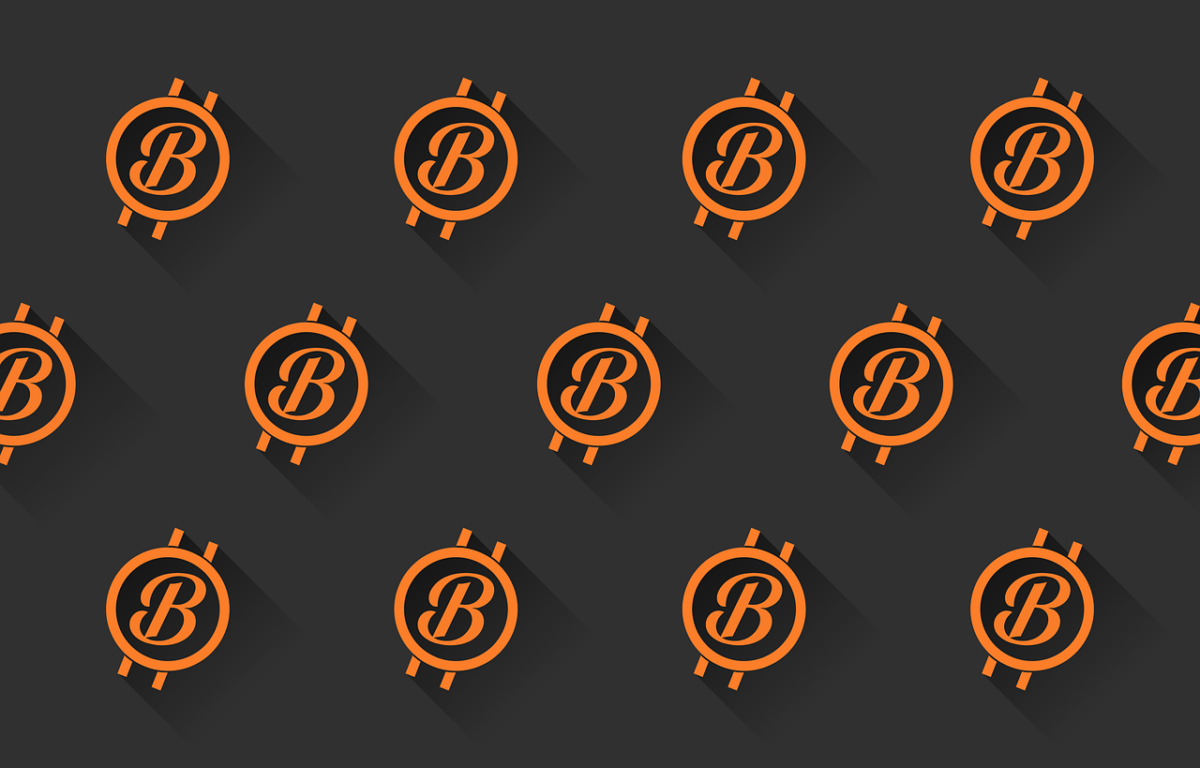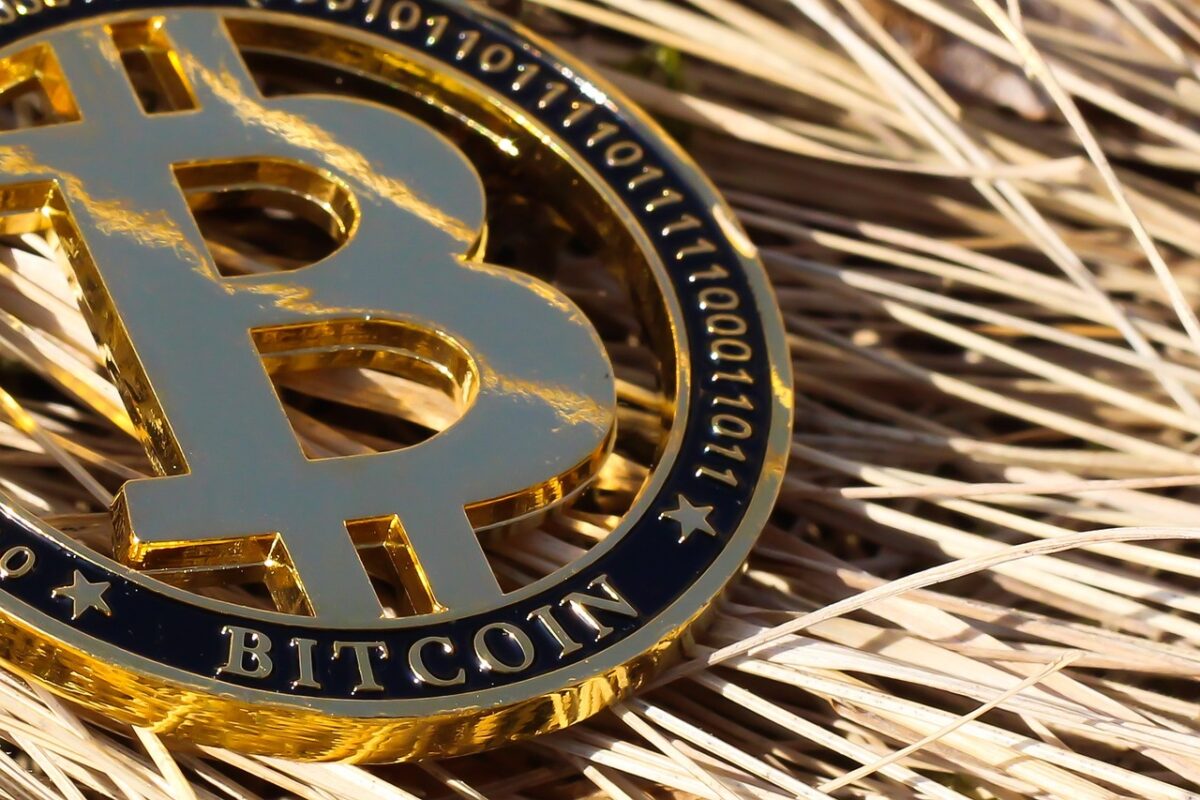Bitcoin, the first decentralized digital currency, has been gaining popularity as an alternative to traditional currencies since its creation in 2009. It offers users a secure, fast, and low-cost way to transfer funds globally, without the need for intermediaries such as banks. However, one of the most common questions among Bitcoin holders is how to cash out their holdings.
Cashing out Bitcoin involves selling your Bitcoin for fiat currency, which can then be withdrawn to your bank account or other payment methods. In this article, we will explain the steps you need to follow to cash out your Bitcoin.
Step 1: Choose a Bitcoin exchange
The first step in cashing out your Bitcoin is to choose a Bitcoin exchange that supports the currency you want to exchange it for. There are several reputable exchanges to choose from, such as Coinbase, Binance, Kraken, and Bitstamp. Each exchange has its own fees, trading options, and security measures, so it’s important to do your research and choose the one that best suits your needs.
Step 2: Create an account
Once you have chosen an exchange, you will need to create an account by providing your personal information, such as your name, email address, and phone number. You may also need to provide identification, such as a passport or driver’s license, to comply with the exchange’s Know Your Customer (KYC) and Anti-Money Laundering (AML) policies.
Step 3: Transfer your Bitcoin to the exchange
After creating an account, you will need to transfer your Bitcoin to the exchange’s wallet. To do this, you will need to generate a unique Bitcoin address on the exchange and use it to send your Bitcoin from your personal wallet. It’s important to double-check the address before sending your Bitcoin to ensure that you’re sending it to the correct wallet.
Step 4: Sell your Bitcoin
Once your Bitcoin has been transferred to the exchange, you can sell it for the fiat currency of your choice, such as USD, EUR, GBP, or JPY. You can do this by placing a sell order on the exchange, specifying the amount of Bitcoin you want to sell and the price you want to sell it for. The exchange will then match your order with a buyer and execute the trade.
Step 5: Withdraw your funds
After selling your Bitcoin, you will need to withdraw your funds to your bank account or other payment method. The withdrawal process may take a few days, depending on the exchange’s processing time and the payment method you choose. It’s important to note that some exchanges may charge withdrawal fees, so be sure to read the exchange’s fee schedule before withdrawing your funds.
In conclusion, cashing out Bitcoin involves choosing a reputable exchange, creating an account, transferring your Bitcoin to the exchange, selling it for fiat currency, and withdrawing your funds. It’s important to do your research and choose an exchange that best suits your needs, as well as to follow the exchange’s security measures and fee schedule. With these steps in mind, you can successfully cash out your Bitcoin and enjoy the benefits of your newfound wealth.


